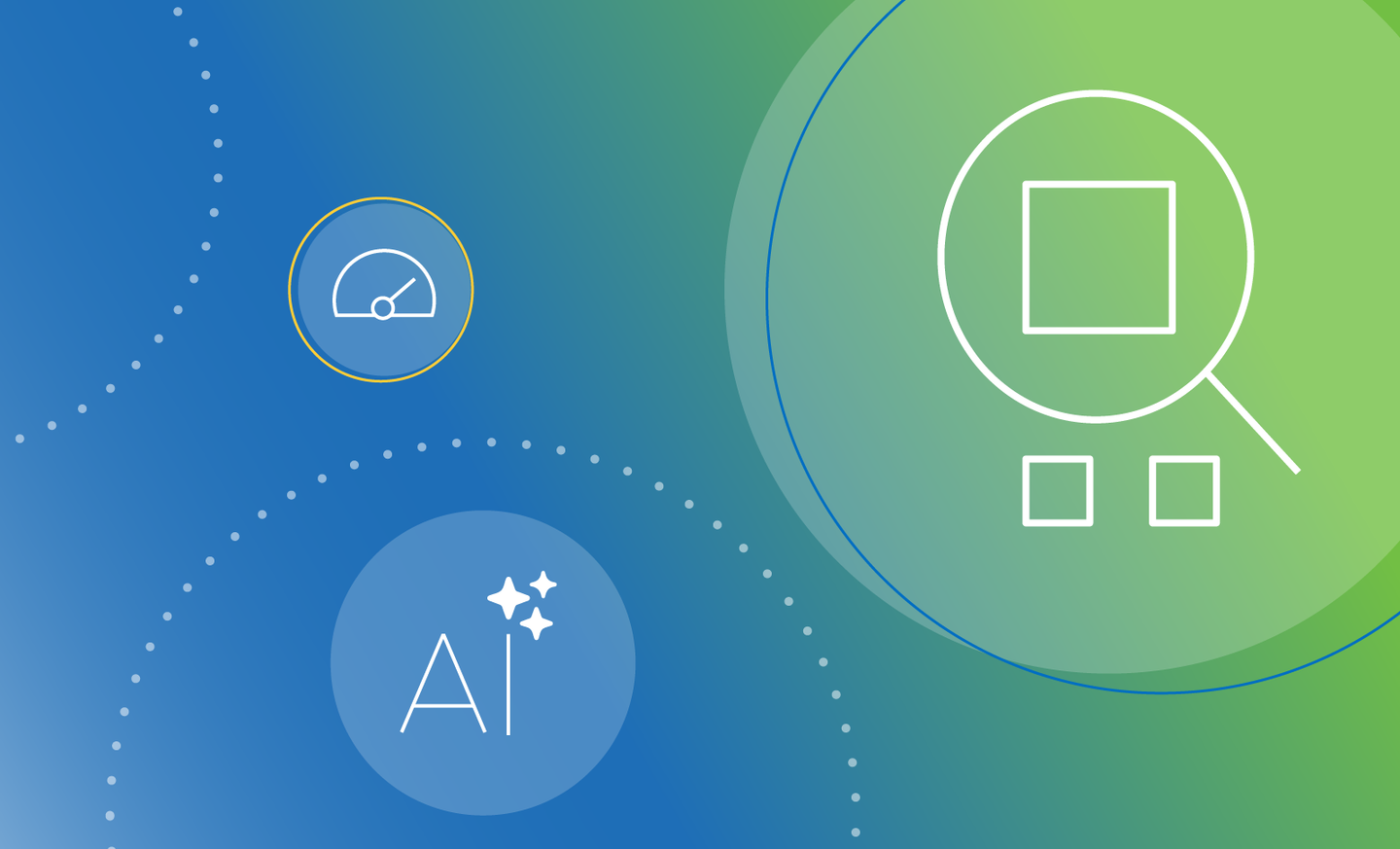Garbage in, generative out: Why your AI is only as smart as your data’s reliability

You’re staring at two dashboards showing two different answers. Your team is stuck reconciling conflicting numbers while your AI initiative inches forward with blind optimism. Everyone wants innovation. But no one knows whether the data is actually fit to support it.
You’re facing the age old dilemma: Garbage in, garbage out.
That’s the friction data leaders like you feel every day.
You’re asked to move faster, build smarter and scale confidently. Yet half your time is spent second-guessing the inputs. When your analysts rewrite the same pipeline three times because a field changed upstream, that’s not innovation. That’s technical debt.
Generative AI might be the flashiest tool in the kit, but it’s still just that. A tool. If the raw material is flawed, the results will be too.
What bad data costs you in the age of AI
AI is often seen as the productivity unlock of the decade. But when data reliability is shaky, it quickly becomes a source of confusion, not clarity.
Small inconsistencies get magnified. Faulty assumptions get formalized into models. And business decisions—once loosely informed by dashboards—get automated and deployed at scale. That’s when the cracks really start to show.
Without data you can depend on, you’re exposed to:
- Biased or irrelevant outputs: A model trained on flawed data won’t improve with scale. It will just produce faster mistakes.
- Misinformation in executive reporting: Dashboards and summaries based on unreliable data lead to poor strategic calls.
- Delays in deployment: Your team spends cycles fixing problems they didn’t know existed until the wrong results hit production.
As AI adoption accelerates, the tolerance for data uncertainty shrinks. Every flaw becomes a multiplier. And the time, trust, and credibility costs just keep adding up.
Observability: the control layer your data stack needs
Observability isn’t just for software engineers anymore. In data, it’s what transforms reactive teams into proactive ones. It’s how you stop guessing and start knowing. About what broke, where it broke and what’s likely to break next.
Modern data observability doesn’t require constant manual inspection. Instead, it brings intelligent monitoring, automation and accountability to your entire data pipeline.
With a well-implemented data observability layer, you can:
- Profile and baseline your data automatically to understand expected behaviors and detect drift
- Catch issues early with anomaly detection and alerting before downstream users are impacted
- Trace the root cause of data quality issues across complex pipelines
- Automate responses and documentation to reduce time-to-resolution and stay ahead of compliance
This kind of control builds the foundation to scale data and AI initiatives with real confidence.
Questions to ask before you deploy another AI pilot
You don’t need to pause your AI strategy. But you do need to stress test your foundation. Start by asking these questions with your data and engineering leads:
- How many data quality incidents do we catch only after something breaks?
- What metrics do we use to define “reliable” data and are they being tracked?
- Do all stakeholders have visibility into data reliability, or are we still working in silos?
- Are we generating data quality rules manually, or do we have automation in place?
If these questions surface more guesswork than clarity, your AI program is operating with risk it likely can’t see. That doesn’t mean you stop. But it does mean you refocus.
From reactivity to readiness
You don’t have to choose between speed and safety. The organizations that scale AI successfully aren’t the ones chasing the next model. They’re the ones with a solid foundation beneath every output.
Observability turns data reliability into an operational discipline. It gives you the signals you need to move faster, with more trust and less drama. And it ensures that the investments you’re making in AI actually deliver value, because they’re built on data that deserves it.
Ready to move forward with confidence?
Explore how Collibra can help you build the reliable foundation every AI program needs.
In this post:
Keep up with the latest from Collibra
I would like to get updates about the latest Collibra content, events and more.
Thanks for signing up
You'll begin receiving educational materials and invitations to network with our community soon.
